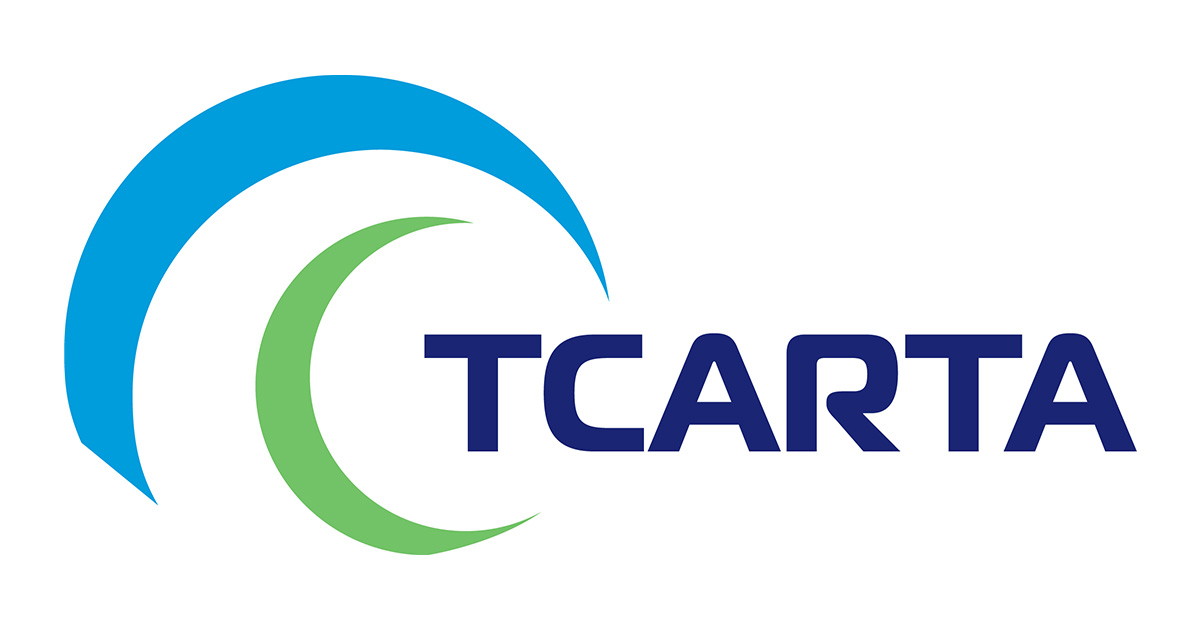TCarta Marine, a global provider of hydrospatial products and services, has been awarded a contract to deliver satellite derived bathymetry (SDB) and seafloor classification data for the coastal zones of 13 regions around the world to the National Geospatial-Intelligence Agency (NGA) under contract to Maxar Technologies.
TCarta will deliver seabed depth and feature maps from high-resolution multispectral Maxar WorldView-2 and WorldView-3 satellite imagery for the 13 regions. SDB measurements are accurate to depths of 20-30 meters depending on water conditions, with two-meter spatial resolution. Feature classification includes coral reefs, large rocks, sandbars, and other navigation hazards.
TCarta has processed thousands of Maxar satellite images for the project, including hundreds of high-resolution scenes for one nation alone. By the time all deliverables have been submitted and approved by NGA, TCarta will have mapped the entire subsurface coastlines of the 13 regions over the 12-month Period of Performance.
“This is the most ambitious SDB mapping program ever conducted in terms of both geographic area and timeline,” said TCarta President Kyle Goodrich. “In particular, one 7,239-square-kilometer coastline by itself is larger than any contiguous SDB project TCarta has undertaken.”
“SDB can be particularly useful for remote or hard-to-access locations and for areas where traditional survey methods are too expensive or time consuming,” said Jennifer Krischer, Maxar’s Vice President and General Manager, Intelligence Programs. “The partnership between Maxar and TCarta offers a valuable service to NGA for accurate and efficient bathymetric data collection, which reflects NGA’s renewed emphasis on collecting data and generating insight ‘from Seabed to Space’.”
A leader in the application of SDB technology worldwide for more than a decade, TCarta has played a key role in enhancing the traditional water depth extraction methodology. With funding from Small Business Innovation Research (SBIR) programs managed by NOAA and the National Science Foundation, the Denver firm has integrated machine learning algorithms into the processing workflow and introduced the use of space-based laser data from the NASA ICESat-2 satellite to validate SDB results.
“A major challenge with this project was the variety of turbid and silty water conditions encountered in different geographic regions, but NGA has been receptive about the results,” said Goodrich. “We have bolstered and refined our existing workflows to deliver products that meet NGA requirements.”


